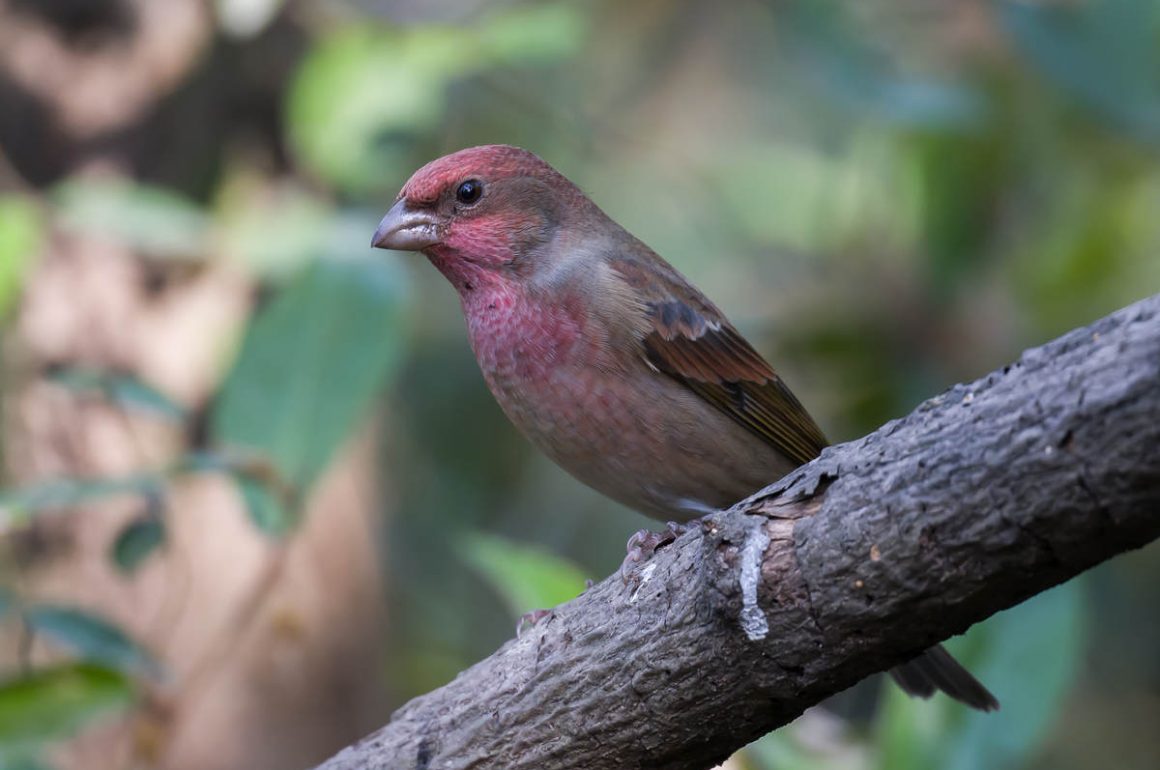
In Salinger’s “Catcher in the Rye”, there is a mention of a fictional story titled “The Secret Goldfish”. Basically, it is about a boy who does not let anybody look at his goldfish because he bought it with his own money. Sometimes I feel a bit like this about winter birding on Shanghai’s Tianmashan hill. In my case, my secret is paid for with a little bit of birdseed (bought with my own money).
Shanghaibirding describes the Brown-headed Thrush as “a scarce passage migrant through northern and central coastal China, including Shanghai” – given that I only saw it once on Tianmashan, that is probably correct, though the date (January 09) seems rather late for a migrant.
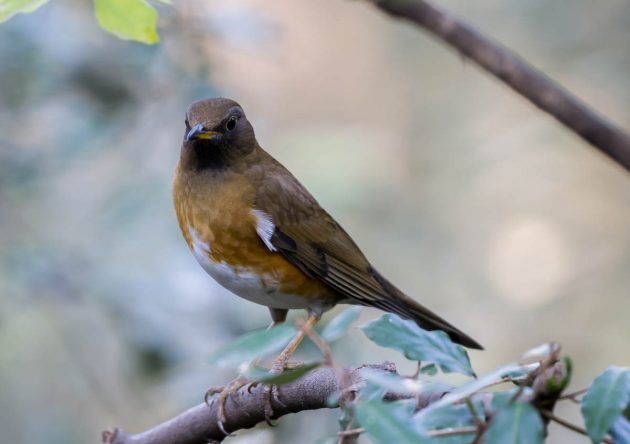
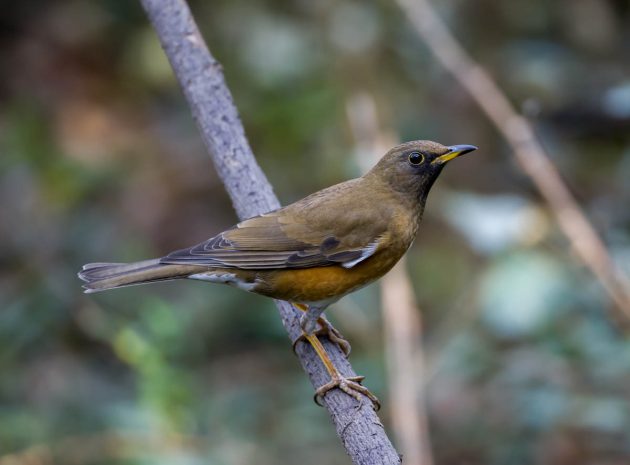
Sadly, when looking for “Brown-headed Thrush Research” on Google, at least the first ten entries all refer to the Brown-headed Cowbird (which I was not really looking for) – a good illustration of the rather uneven coverage of different bird species depending on their proximity to countries providing grants for ornithological research.
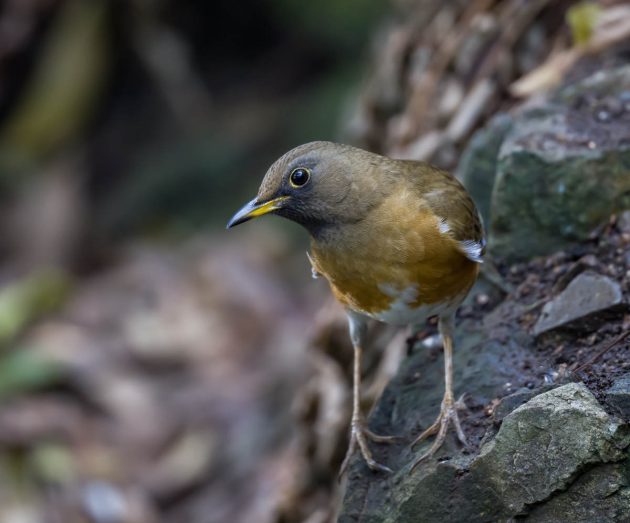
Three Chestnut Bulbuls seem to winter on Tianmashan this year – somewhat surprising given that the HBW calls the species a year-round resident in an area at least several hundred kilometers south of Shanghai. Me, I would not mind such a range extension as this bulbul is quite attractive.
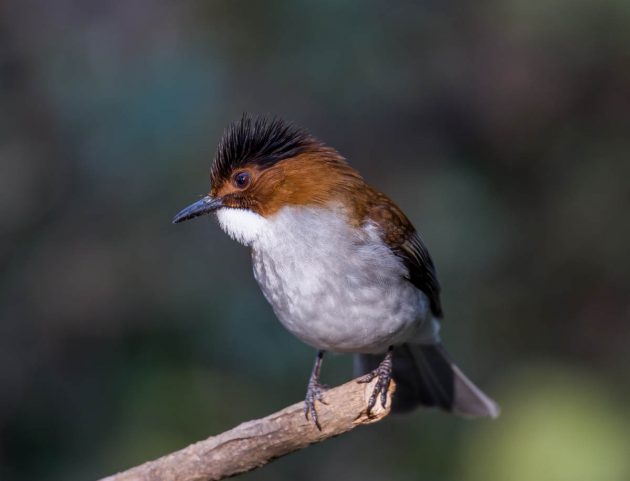
The call of this bulbul seems quite similar to that of the Collared Finchbill to me, though given that I grew up listening to alternative and independent music rather than to bird song, this is not a very meaningful observation.
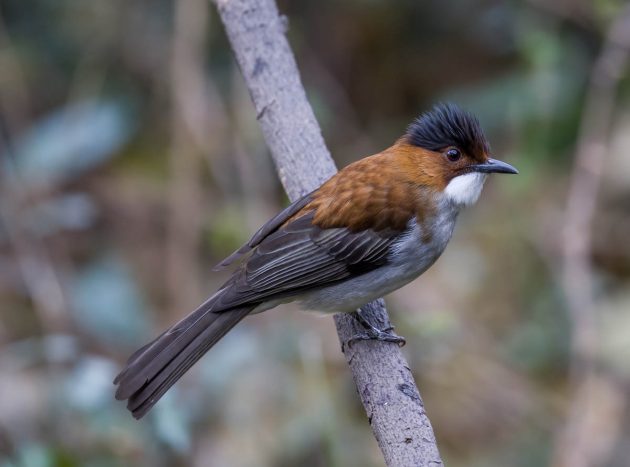
The Rufous-tailed Robin seen at Tianmashan is another species that one would not necessarily expect here in January. While it is a fairly common autumn migrant in Shanghai, eBird indicates that the migration should be completed by the end of November.
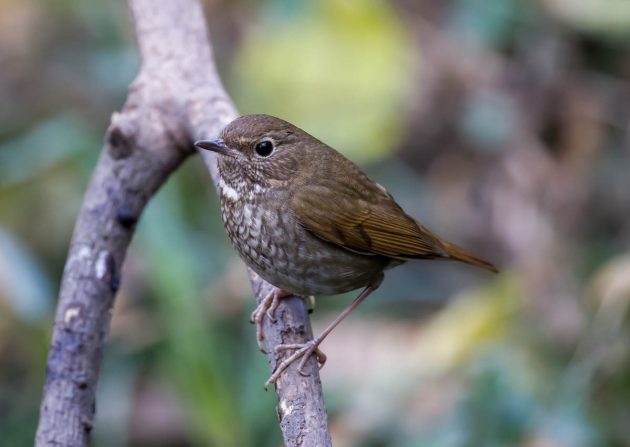
Of course, given the sometimes confusing covid travel restrictions in China, it is possible that the bird in question simply did not dare to travel any further south for fear of ending up in quarantine somewhere.
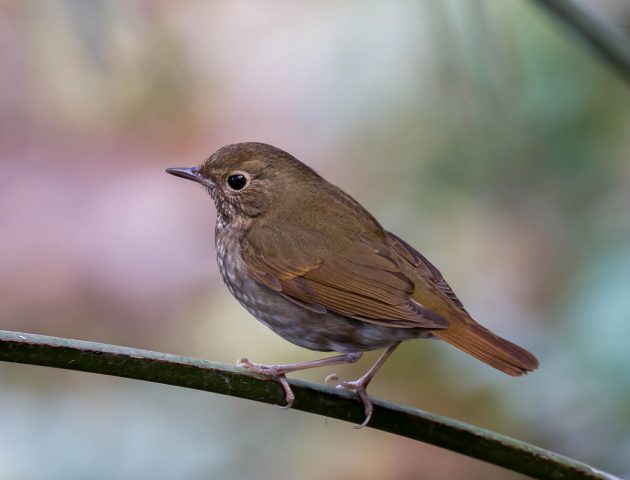
A major attraction of Tianmashan – at least for me – is the by now fairly regular winter presence of Common Rosefinch.
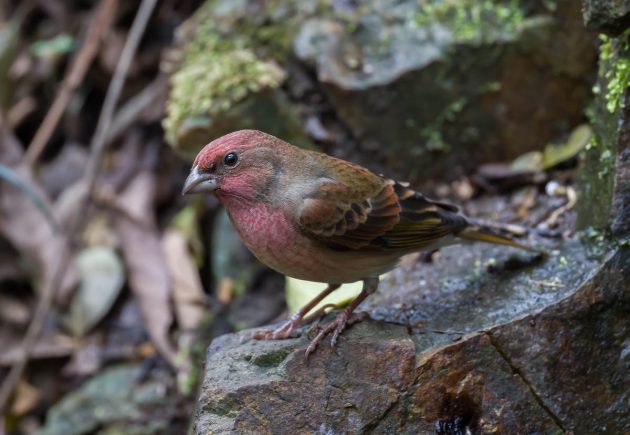
Only a few of the rosefinches show male plumage – not surprising as first-year birds never do. In addition, many of the males seem to be yearlings rather than older males – the ratio between these can actually be utilized to estimate the life expectancy and survival rates, as described here. Survival rates are quite low at around 44%.
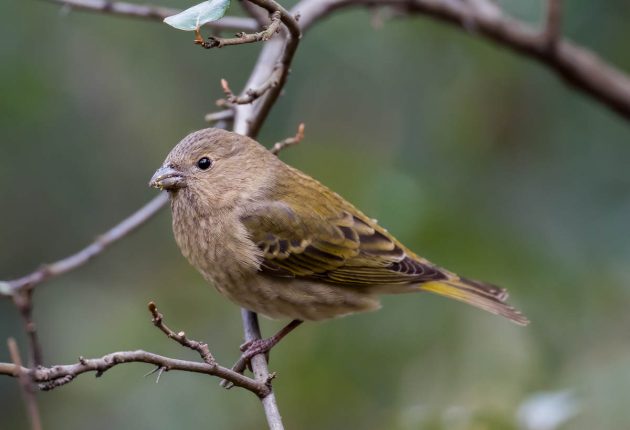
While Chinese like to sing in Karaoke bars, male Common Rosefinches have other preferences. According to one study, they preferred bushes, rivers, and reed beds, but avoided open agricultural landscape and anthropogenic areas (which presumably includes karaoke bars).
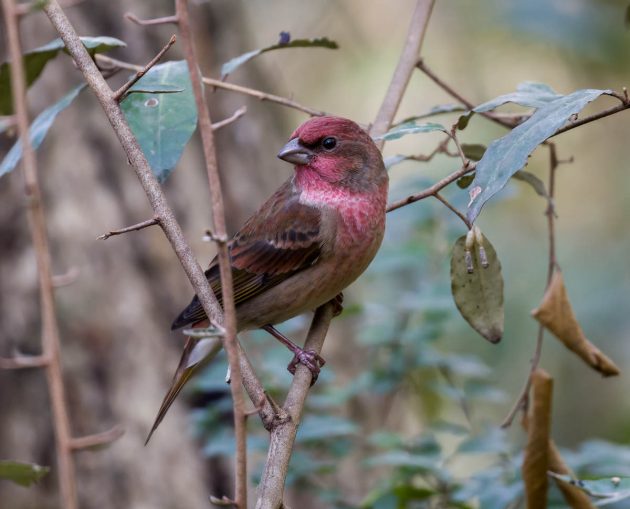
The Speckled Piculet has the species name of innominatus, or “not named” – do I spot a contradiction here?
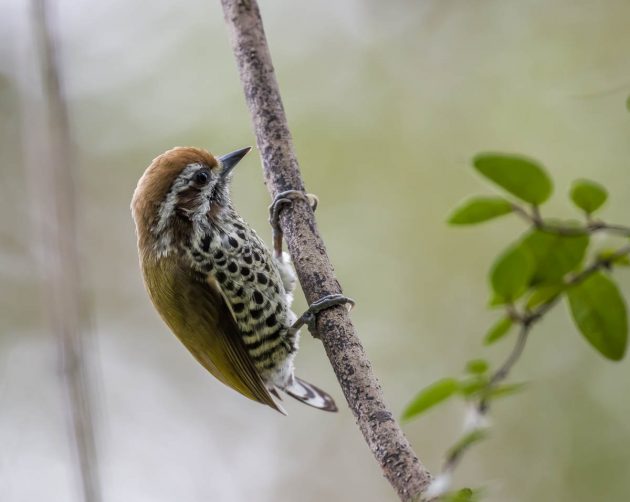
Anyway, it is a very cute little woodpecker that eBird calls “unique, tiny”.
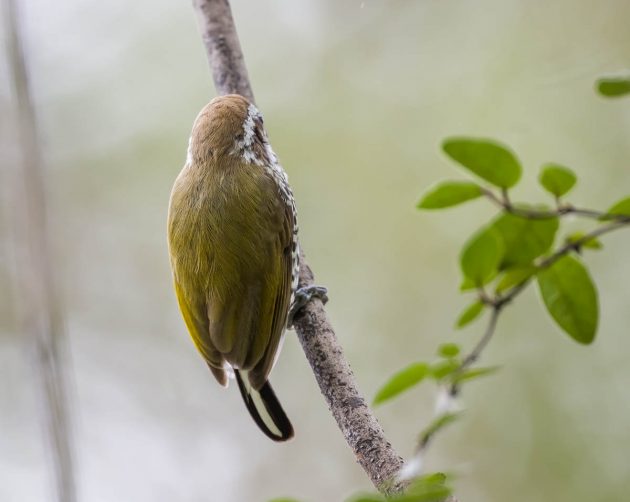
Its drum sound can be surprisingly loud for a bird this size.
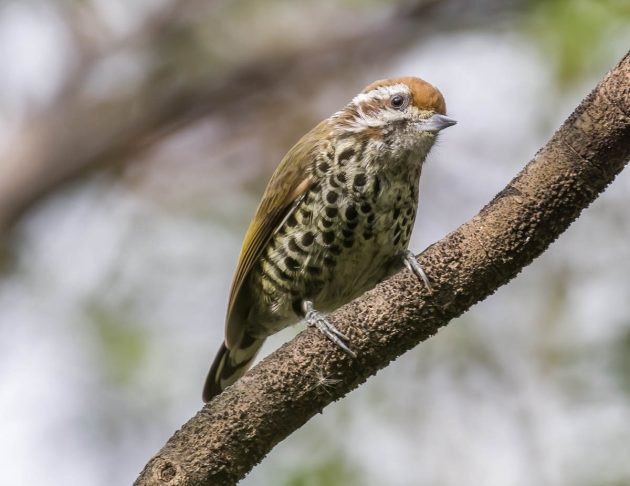
The bird in these photos should be a female given that it lacks the rufous forehead of the male.
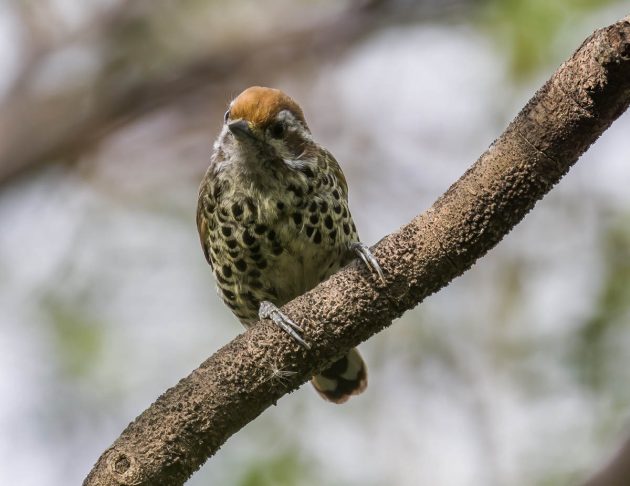
Different from most places in Shanghai, Tianmashan has quite a bit of bamboo – apparently, the piculet is often associated with this plant and may also build its hole in bamboo.
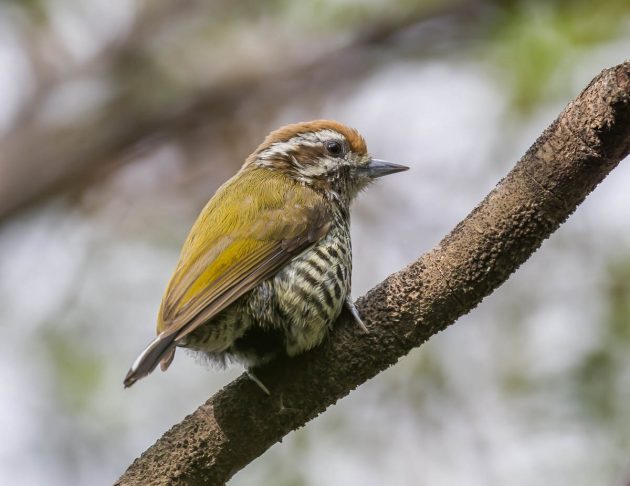
If I ever get around to preparing the ultimate photographic “Guide to the cute bird species of China”, it will not only cover the piculet but also certainly have several pages on the Black-throated Bushtit …
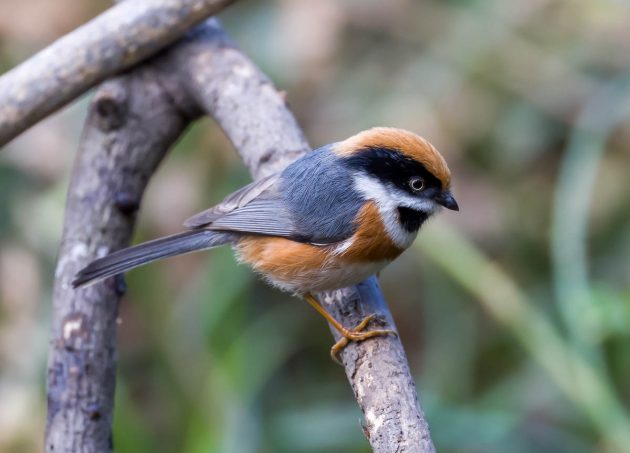
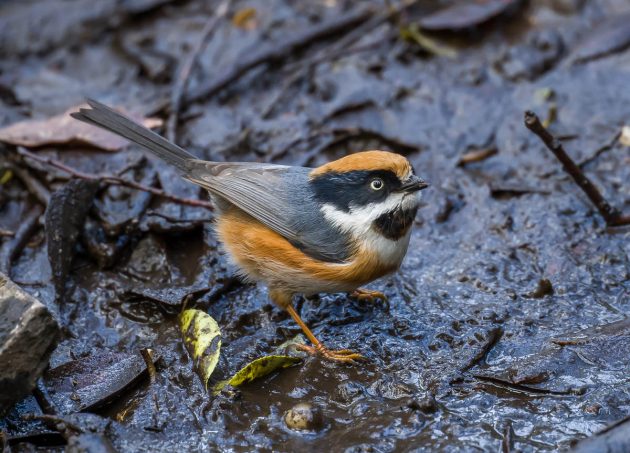
… as well as the Silver-throated Bushtit.
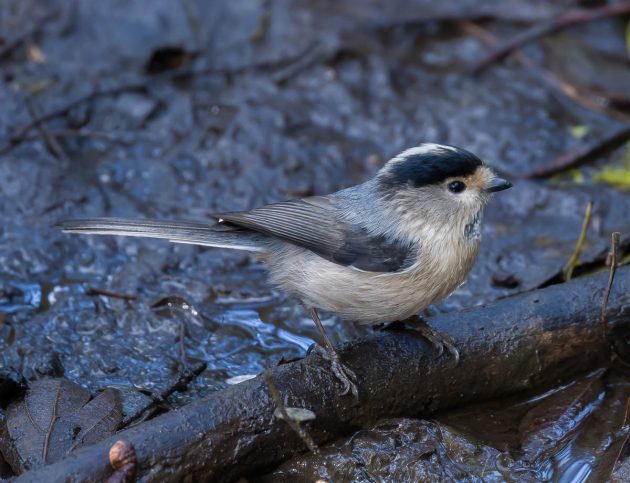
Both bushtit species occasionally are supported by helpers when breeding (source). Different from the Black-throated Bushtit males, the Silver-throated males seem to be jerks as they do not participate in incubation. What do the males do while their partners are incubating? One potential clue comes from the fact that extra-pair paternity is much higher in the Silver-throated Bushtit than in the Black-throated one (though to be fair, this presumably also requires cooperation from the females of the species).
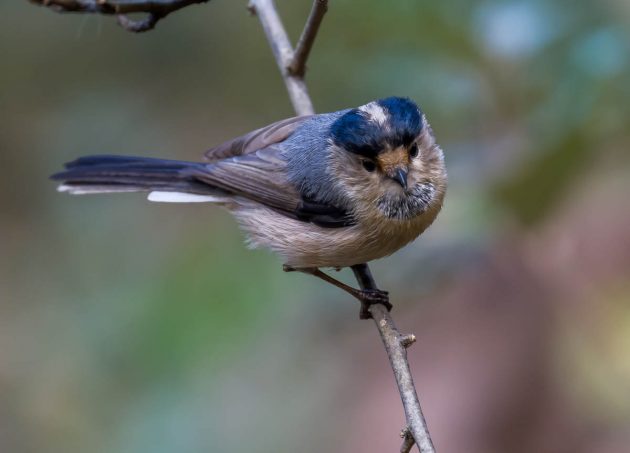
Kudos to eBird for describing the bird as an “energetic little bird with a tennis ball body and a long tail”.
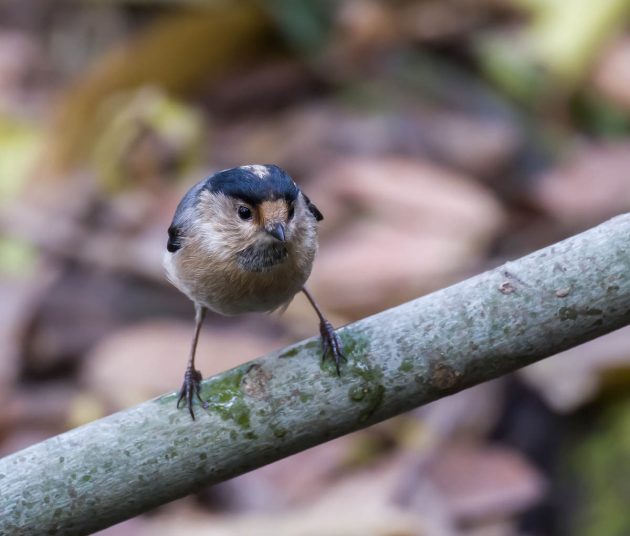
Another definite entry into this guide will be the Rufous-faced Warbler. To quote Paris Hilton: “The only rule is don’t be boring and dress cute wherever you go. Life is too short to blend in.” Something that this warbler takes to heart. (In fact, it is much cuter than Paris Hilton).
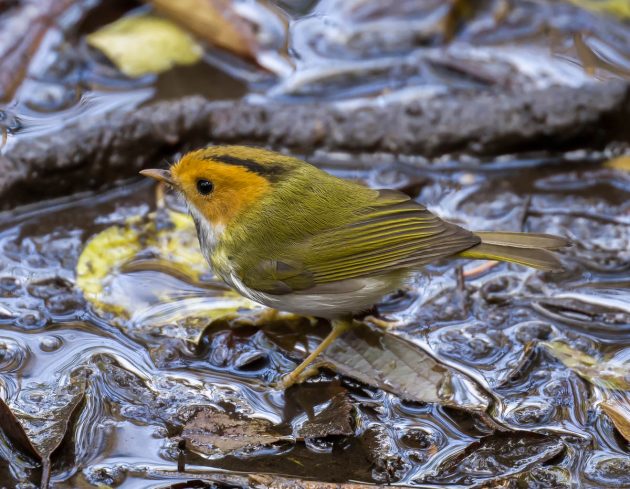
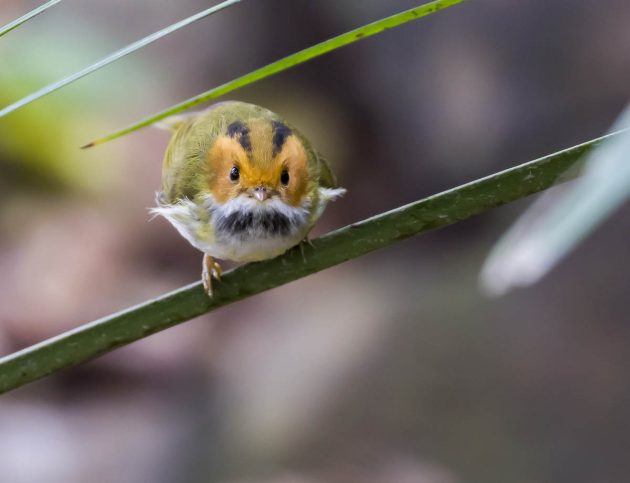
This year, Tianmashan also has some Yellow-browed Buntings wintering a tiny bit north of the wintering range indicated by the HBW.
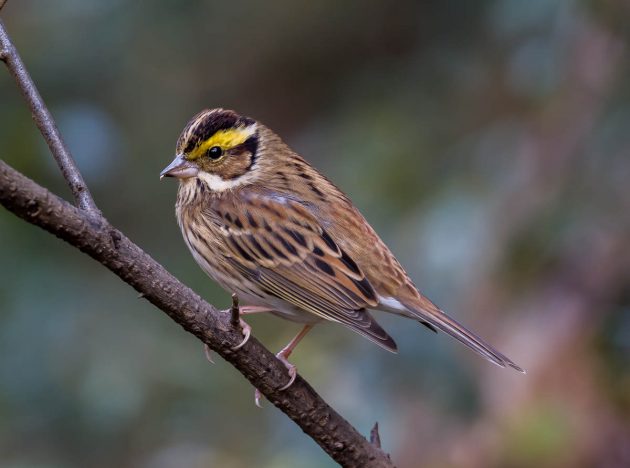
The HBW recommends not using Yellow-browed Buntings as interior designers, stating that their nests are “messy-looking, with dry straw sometimes sticking out of sides of main section of cup”. On the other hand, probably more interesting than just getting IKEA furniture.
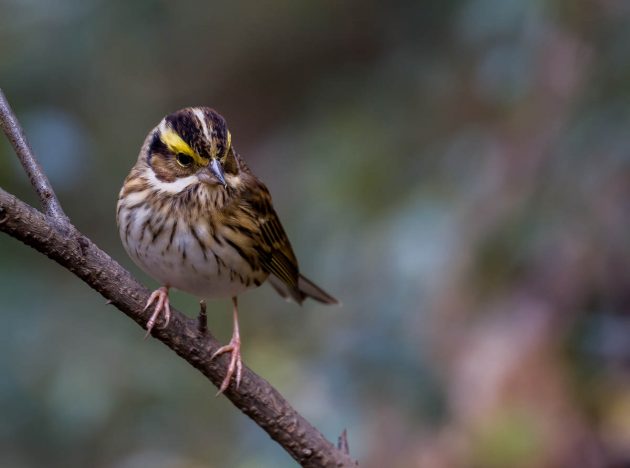
In contrast, Tristram’s Bunting seems to be a bit more discerning in building its nest – the HBW points out that it often uses horsehair for lining the nest, and that an important factor for its nest-site selection is the presence of herbs.
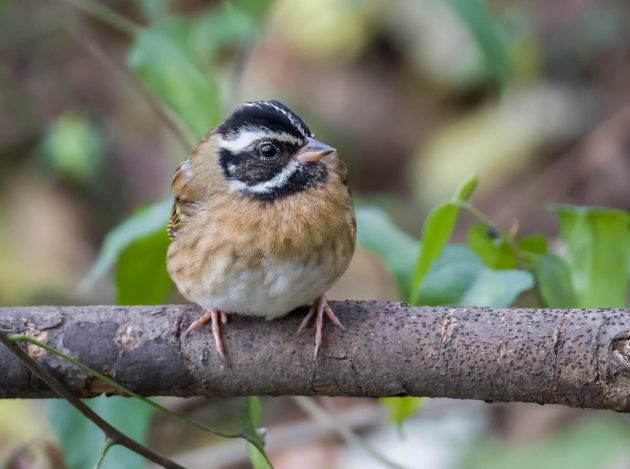
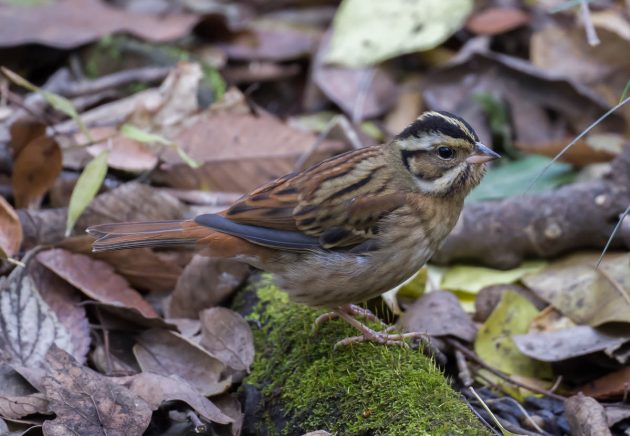
If you are tired of watching action movies, take a look at one minute of non-action by a female Red-flanked Bluetail.
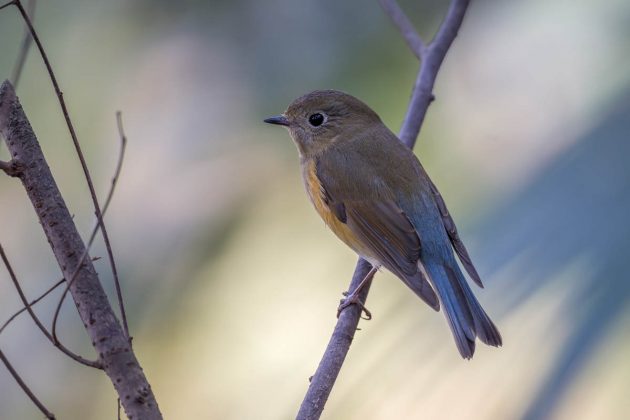
As I frequently mention, science is quite wonderful. For example, this paper points out that migrating Bramblings prefer to feed in a habitat in which they are less likely to get killed.
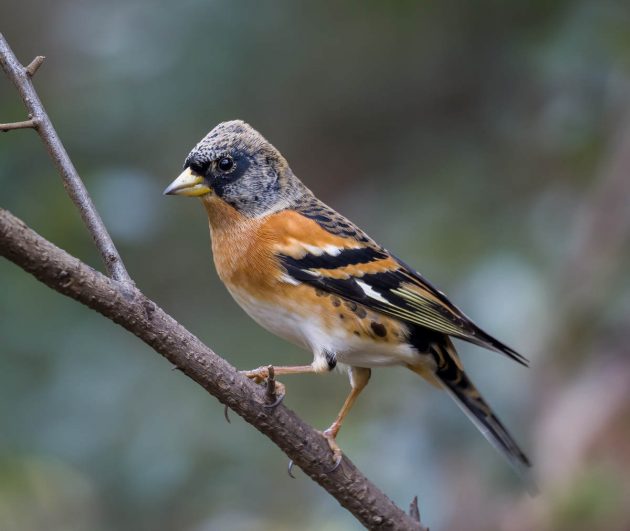
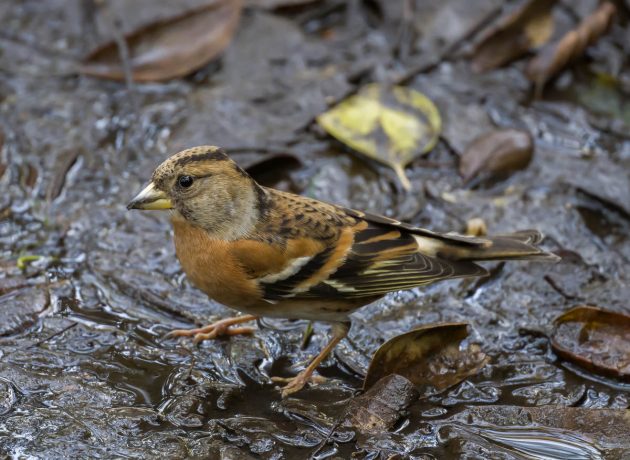
If seeing the photo below of a Japanese Tit you expect another sleazy joke from me, you will be disappointed this time. You pervert.
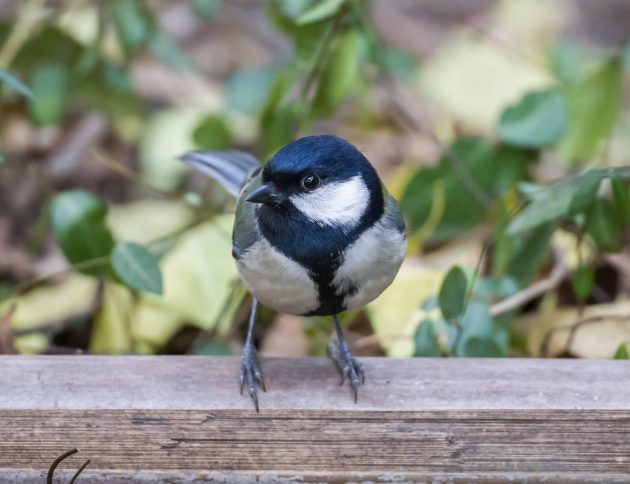
After not a single reader made any positive comments on my video of a White’s Thrush drinking, of course, my reaction is to just post a link to another such video.
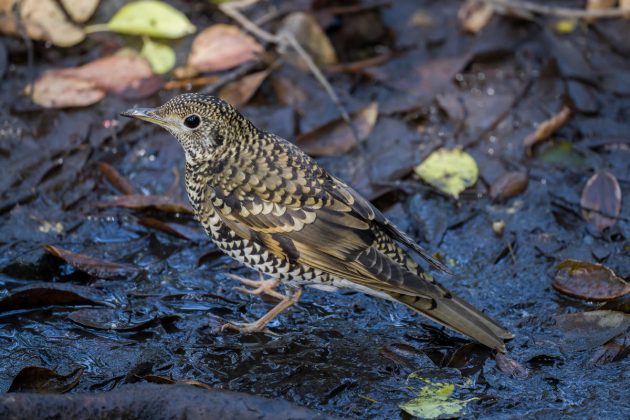
If you see a resident Eurasian Siskin that is quite fat, it probably means that there are no predators around. A paper illustrating the tradeoff between starving and being killed compared the weight of resident siskins with or without a sparrowhawk nearby. Only if the sparrowhawk is absent the siskins can afford to get fat.
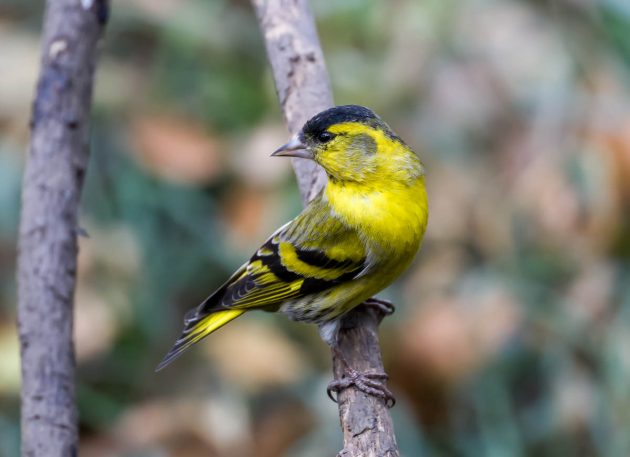
Contrary to my usual habit, I will not try to transfer this finding into the human world as I am too afraid of being accused of fat-shaming.
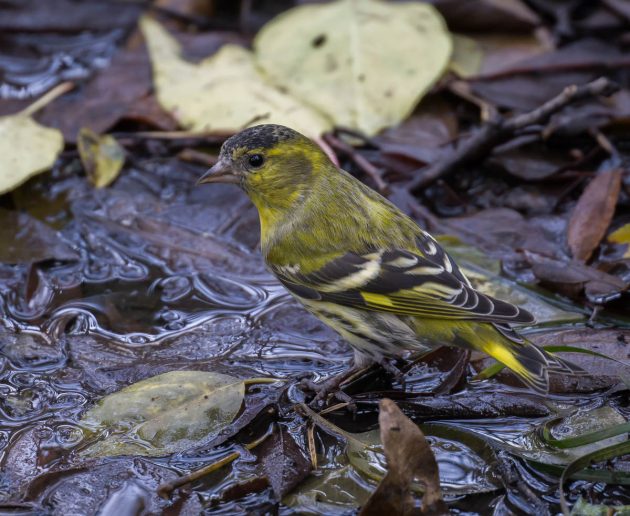
The Eyebrowed Thrush has the Latin name obscurus, meaning “dark, dusty”. While the HBW lists the species as “Least concern”, BirdingAsia has a paper with the worrying title “Ongoing slaughter of Eyebrowed Thrush Turdus obscurus in Sumatra: another species heading for oblivion?”
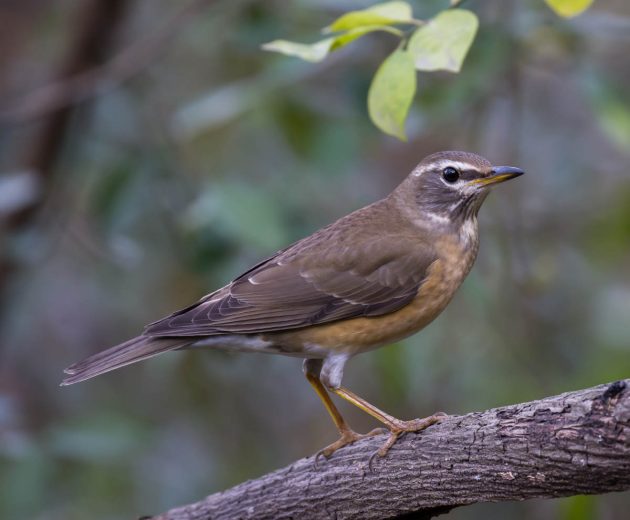
eBird is impressed by the species: “A long, slightly curving white eyebrow gives this species an elegant, sophisticated appearance”. It even looks kind of elegant when drinking.
Given its color and appearance, the Pale Thrush could easily have the same Latin name. Instead, it is pallidus, “pale”. The HBW states that it is common in Shanghai in winter, and indeed my impression is that it is by far the most common thrush at Tianmashan.
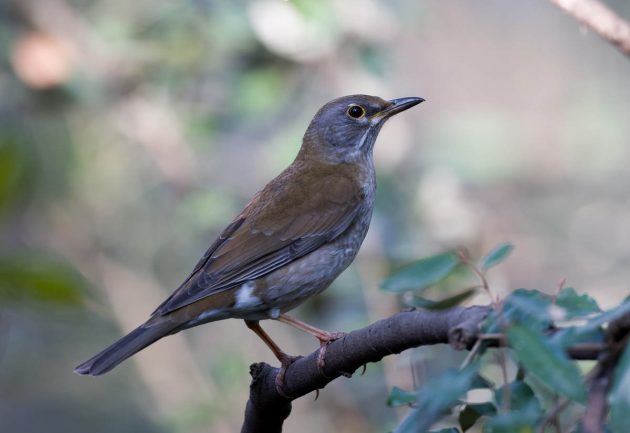
If the Grey-backed Thrush was a bit more interested in fame and fortune, it would immediately fire its marketing department and rebrand itself. How about “Fire-flanked Thrush”?
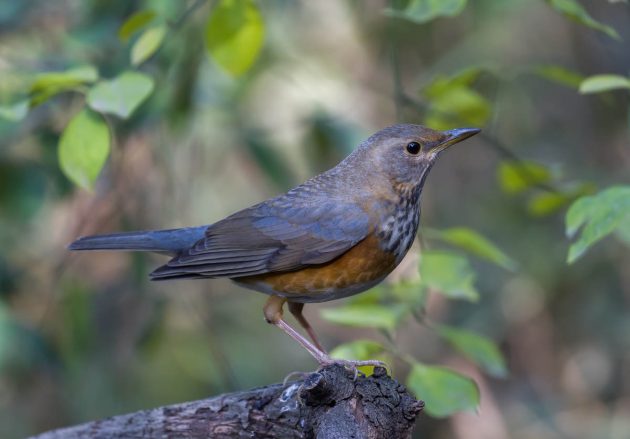
“I know what you’re thinking” is not only a quote from a probably nowadays rather uncool US TV series (Magnum P.I.) but also my personal statement regarding your reaction to seeing yet another photo of White’s Thrush. “AGAIN?” Yes, indeed. It still is a cool bird looking a bit like a reptile.
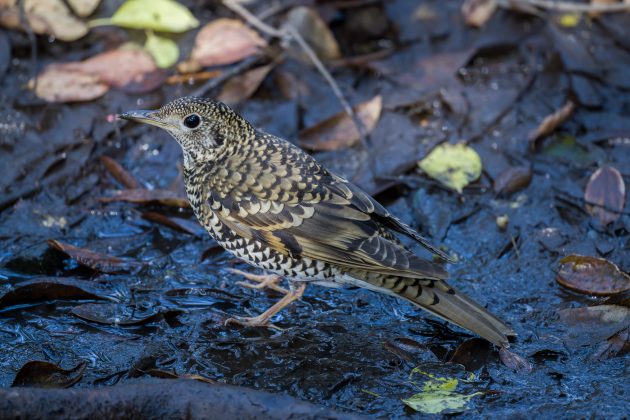
And as usual, the post ends not with a bang but with a whimper – or rather, some more photos of species that I don’t really have anything interesting to say about at the moment, such as the
Grey-capped Greenfinch …
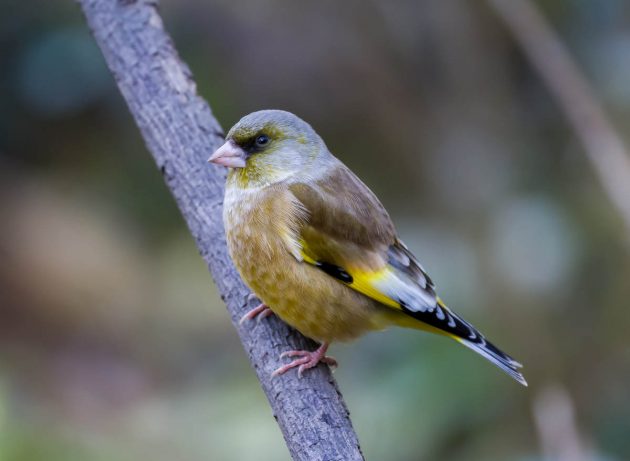
Pallas’ Leaf Warbler …
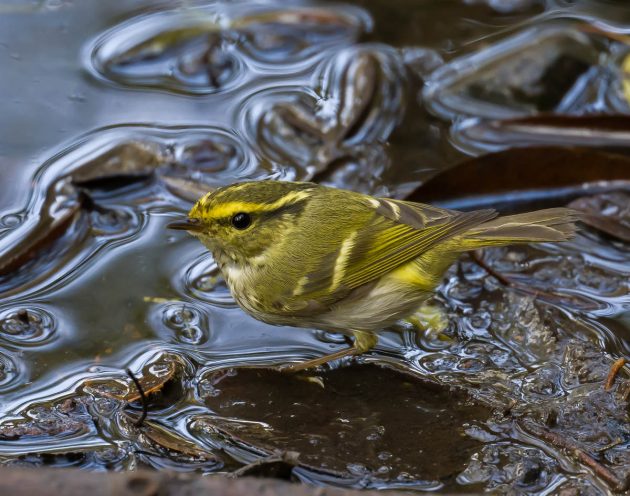
Swinhoe’s White-eye …
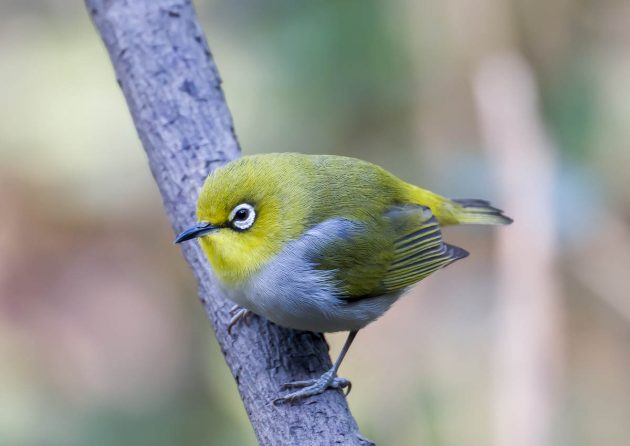
Vinous-throated Parrotbill …
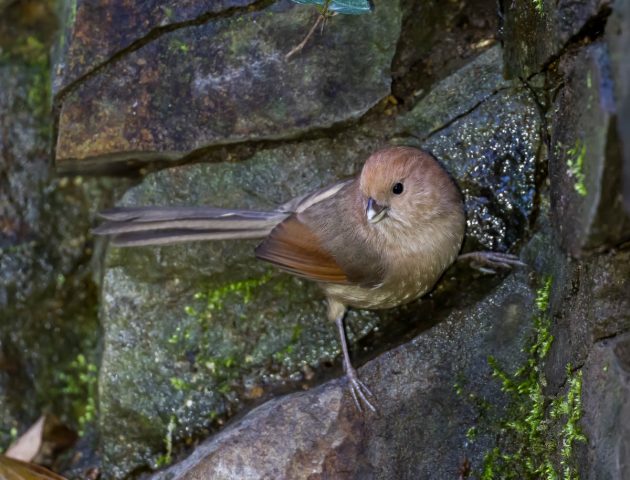
… and the White-rumped Munia.
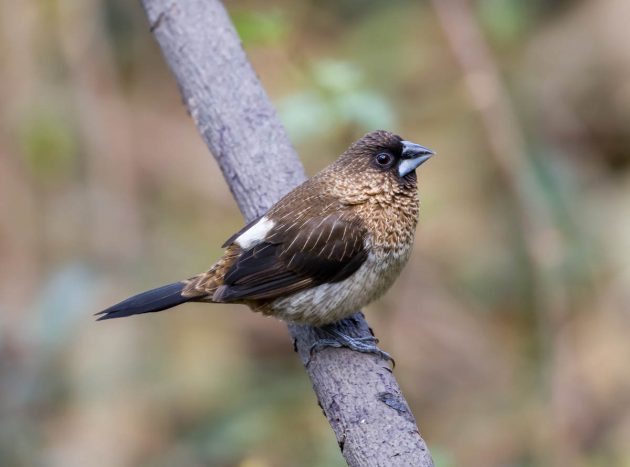






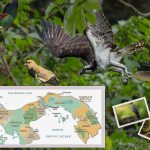


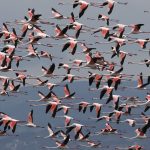



Great photos. Always impressed by the variety of birds you see in Shanghai. And sorry I have yet to watch the White’s Thrush video!